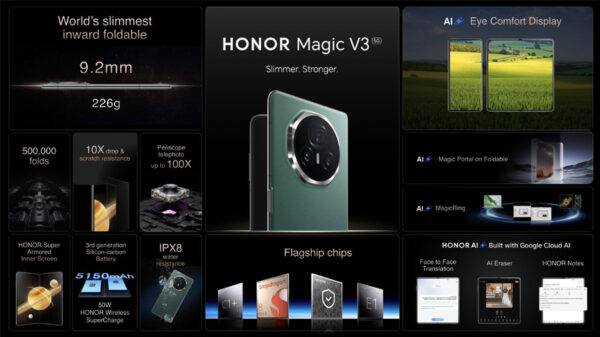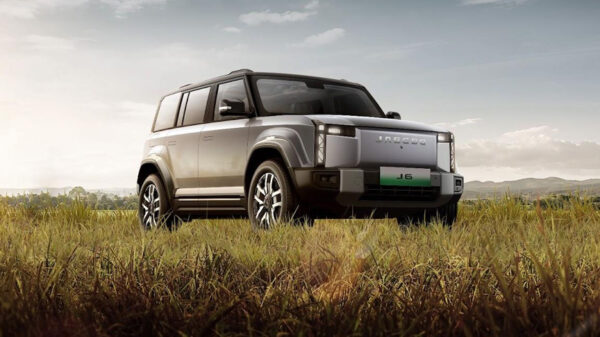Compared to many high-technology markets—such as wireless communications—time often seems to progress slowly in the automotive business, with even a period of 10 years sometimes bringing only incremental changes to cars.
However, that all has changed during the past decade, as new infotainment technology has completely revolutionized cars and the automotive business as whole, according to the Automotive Technology Portals and Services from IHS Inc. As sweeping as these changes have been, they are set to be eclipsed by events during the next decade, as a new wave of technologies sweeps through the market.
“The radical changes wrought by the rise of infotainment technology are dramatically illustrated by the transformation of automotive dashboards during the past 10 years,” said Ben Scott, technology solutions analyst for IHS Automotive. “In 2002, an owner of a new Ford Focus gazed down upon a proprietary dashboard that had no connectivity and that was adorned only with an AM/FM/CD music player. In 2012, the proud owner of a new Focus beheld a dashboard rich with infotainment features, including multiple displays, a wealth of apps and services and various means of connectivity. The major question that automakers need answered now is, ‘What will the Focus dashboard of 2022 look like?’”
This year’s model
Other major changes to impact the automotive market during the last 10 years include:
The average car in 2012 contained about $330 worth of semiconductors, up 65 percent from $200 in 2002.
In 2002, infotainment technology wasn’t really a selling point in motor vehicles because the powertrain was a more important consideration. One decade later, it’s the complete opposite: infotainment systems now can account for as much as 10 percent of the price of buying a new car.
Ten years ago, most cars had no connectivity. Today cars come with various means of connecting with the outside world, including telematics, cellular, Wi-Fi and Bluetooth.
What’s next?
The automotive technology transformation is continuing with major innovations arriving every day, including new safety systems, increasing connectivity and expanding availability of telematics services.
Collision warning systems are becoming more widely available and they, as with many other active safety applications, are adding functionality, often of the semi-autonomous variety, according to Jeremy Carlson, senior analyst for advanced driver assistance systems. Collision warning systems are evolving from alert-only to include some form of autonomous emergency braking.
Meanwhile, for some of the bigger brands by the end of 2014, every vehicle they sell will offer some sort of connectivity, according to Jack Bergquist, IHS senior analyst for infotainment. Looking at the cost to design a completely new car model, some companies are spending around one-third of the budget just on the in-vehicle infotainment (IVI) and the in-car technology around the system.
Mark Boyadjis, senior analyst, Infotainment & HMI – observed that there’s also a great deal of connected-car growth at present. In fact, motor vehicles are the third-fastest growing connected device behind smartphones and tablets.
Furthermore, telematics will experience fast growth because it is being driven by both consumers and OEMs. Consumers are interested in telematics services, including internet radio, emergency/ concierge service like eCall. OEMs, on the other hand, will want to use telematics to collect vehicle data. It’s likely that in the developed regions, every car manufacturer will offer some type of connected service in its model line-up by 2015.












































































































